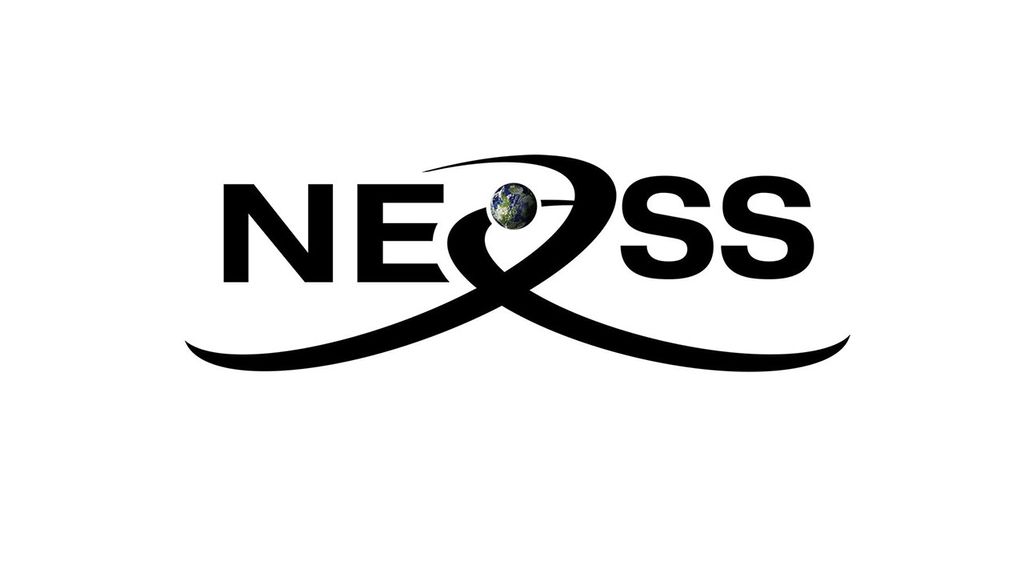1 min read
Electromagnetic Wave (Light Wave) vs. Mechanical Wave

(Left) A mechanical wave, also called a matter wave, is a propagation of energy through matter. The wavelength is the distance between two consecutive peaks (the highest part of the wave). On this graph, the x-axis is distance and the y-axis is the displacement of matter. Water waves, sound waves, and waves on a rope are all examples of mechanical waves.
(Right) Light waves, also called electromagnetic waves, involve oscillations of electric and magnetic fields rather than oscillations of matter. The wavelength is its color. On this graph, the x-axis is distance; the y-axis is the strength of the electric field; and the z-azis is the strength of the magnetic field. Light waves include all forms of electromagnetic radiation: gamma rays, X-rays, ultraviolet light, visible light, infrared light, microwaves, and radio waves.
Share
Details
Laura Betz
NASA’s Goddard Space Flight Center
Greenbelt, Maryland
laura.e.betz@nasa.gov
NASA, ESA, CSA, Leah Hustak (STScI)






























